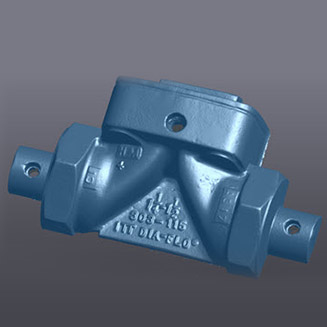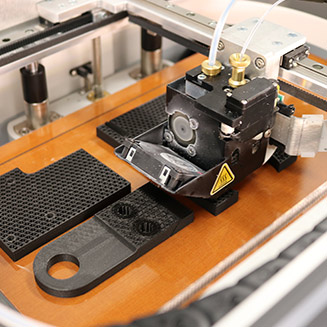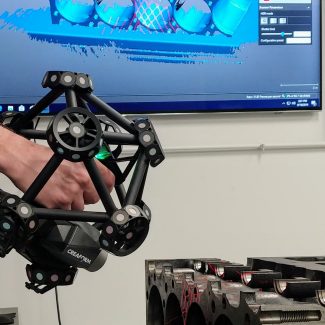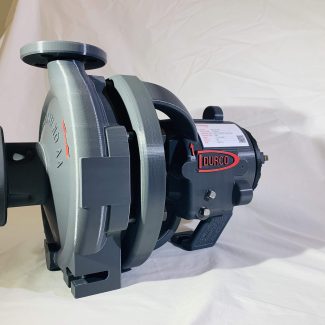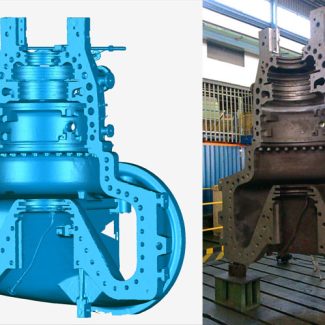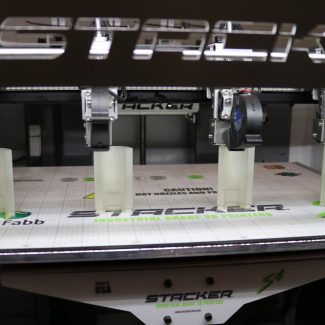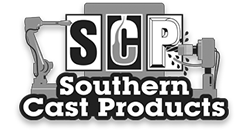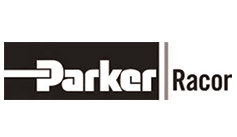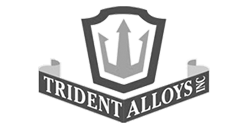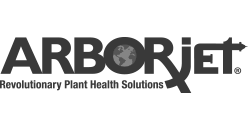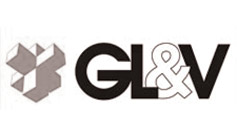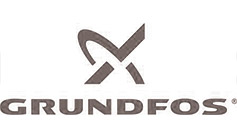In the manufacturing industry, precision and efficiency stand as pillars of success. So, to help you achieve perfection in your final products, two elements play a crucial role: machine tooling and fixturing services.
These terms may sound technical, but their impact on your projects is immense, ensuring precision, efficiency, and peace of mind. They help ensure that you meet the rigorous demands of modern production with finesse and reliability.
What is Machine Tooling?
Machine tooling involves the manufacturing and maintaining tools utilized in machinery and manufacturing processes. This includes creating and shaping tools or tool molds from materials like metal (aluminum and steel). It helps achieve precision in manufacturing, contributing significantly to the efficiency and quality of the production process.
What is a Fixturing Service?
Fixtures are essential components that provide stability, accuracy, and repeatability in manufacturing. Fixturing services involve designing and implementing fixtures for workpiece stability during machining or assembly.
These services focus on securely holding workpieces, ensuring precision in manufacturing processes. The goal is to optimize stability and accuracy, ultimately reducing the possibility of any error during operation.
Importance of Machine Tooling and Fixturing Services
Let’s look at how machine tooling and fixturing services elevate the performance of your projects:
Reduced Waste
It’s true that precision and accuracy in machining, facilitated by proper tooling and fixturing, directly minimize material waste. The tailored fixturing solutions ensure secure positioning of workpieces, reducing the likelihood of errors and scrap. As a result, manufacturers experience a notable decrease in the amount of raw materials wasted during manufacturing.
Faster Cycle Times
Streamlined tool changes and optimized fixturing systems result in faster cycling times during machining processes. The improved efficiency at each stage, from setup to completion, reduces the time required to manufacture components.
This accelerated production cycle is beneficial in meeting tight deadlines. On top of that, it also helps manufacturers respond promptly to market demands, maintaining a competitive edge in the industry.
Improved Quality Control
Machine tooling and fixturing services enhance quality control throughout the manufacturing process. The integration of measurement and inspection features ensures that components meet stringent standards. This meticulous attention to detail reduces defects and helps establish a reputation for delivering high-quality products, increasing customer loyalty.
Boosts Efficiency
Fixturing services play a pivotal role in improving the overall efficiency of manufacturing processes. By securely holding workpieces, these services minimize the likelihood of errors, minimizing the need for rework and enhancing the speed and accuracy of machining or assembly. This optimized stability and repeatability result in streamlined operations, reduced downtime, and increased productivity.
The importance of machine tooling and fixturing services in the manufacturing industry is undeniable. These services, crucial for precision and stability, offer enhanced efficiency, reduced errors, and optimized production. They elevate the quality of finished products and ensure the industry’s continuous pursuit of excellence. Please get in touch to see how we can help you. .

